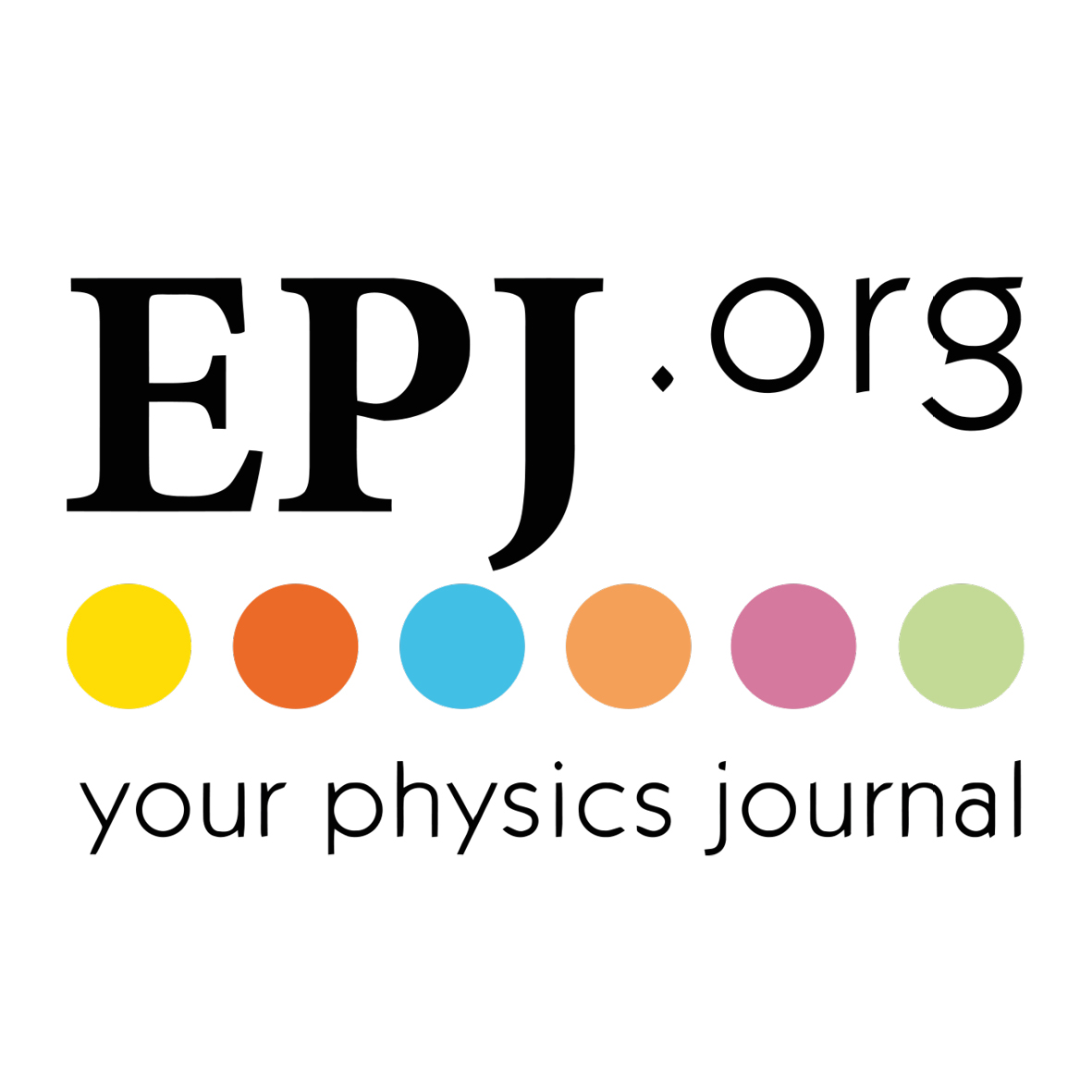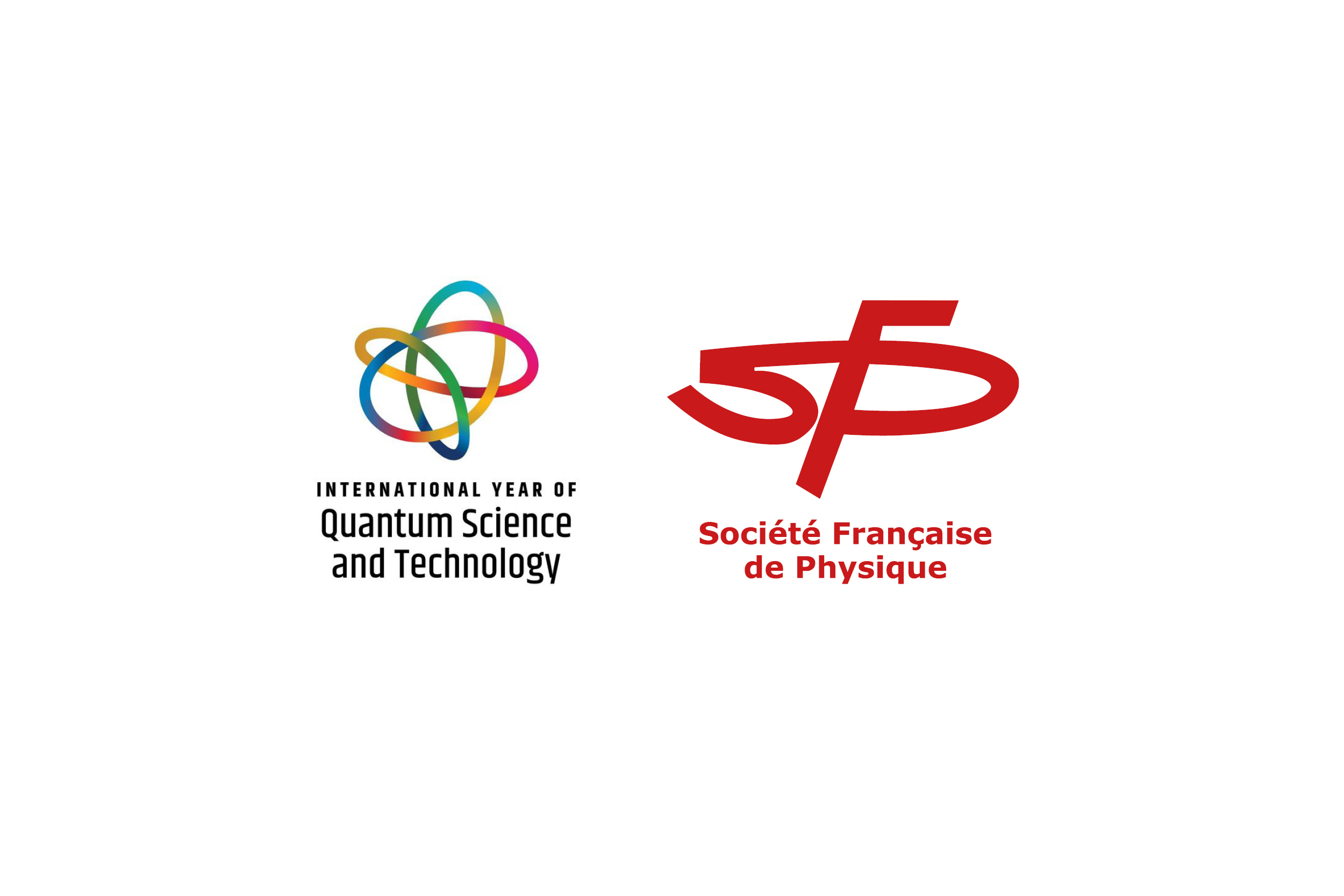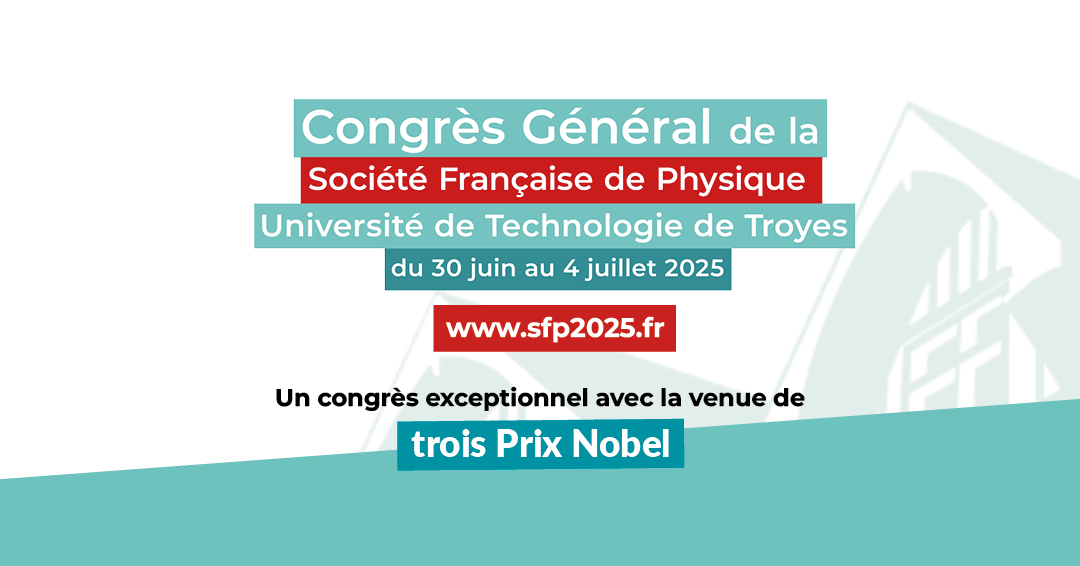EPJ D Highlight - Alain Aspect: The physicist who made entanglement an experimental reality

For Einstein and other physicists of his generation, the strongly counter-intuitive features of quantum mechanics were very hard to accept, given that our intuition is based on the classical world around us. This EPJ D Topical Issue examines the discoveries, motivations, and continuing legacy of Alain Aspect: the physicist whose experiments, along with those of John Clauser and Anton Zeilinger, have made that quantum entanglement, an essentially non-classical feature, is now also an experimental reality, exploited in science and technology.
In 1935, a trio of physicists, Albert Einstein, Boris Podolsky, and Nathan Rosen, introduced an argument concluding to the “incompleteness” of quantum mechanics. Their ideas stimulated a major work in 1964 by John Bell, who was able to turn a somehow philosophical discussion into mathematical inequalities, and from there into possible experiments.
In January 2023, EPJ D presents a Topical Issue in honour of Alain Aspect: the physicist who put Bell’s inequalities under particularly stringent test, through a set of ground-breaking experiments at the beginning of the 1980s. This Topical Issue is particularly well timed, since Alain Aspect, along with John Clauser and Anton Zeilinger, have received the 2022 Nobel Prize in Physics on 10 December 2022, in recognition of their major contributions to the understanding of the world around us.
After the initial publication of Bell’s inequalities in 1964, it took some time to give them a form allowing a first experimental test. This was first achieved by John Clauser in 1972, followed by several other experiments. The next major step was achieved by Alain Aspect in his doctoral thesis, completed in 1983, and saw his results confirmed in more and more refined experiments. In particular, several results obtained by Anton Zeilinger and his team established definitively that observations are in full agreement with quantum mechanics, and violate Bell’s inequalities – and thus, the “local realistic” worldview attached to them.
This Topical Issue was initially designed to honour Alain Aspect’s achievements on the occasion of his 75th birthday, and it could hardly be more timely. It provides a set of personal and historical perspectives on Alain’s career. It also presents a series of scientific articles providing fascinating perspectives for quantum technology and information science, whose principles are founded on quantum entanglement, as evidenced in Aspect’s experiments.
Together, the papers in this EPJ D Topical Issue highlight the story and continuing legacy of a bold, friendly, and enthusiastic physicist, who was never deterred from questioning the deepest issues posed by nature to the wider physics community.
Editorials:
Quantum Optics of Light and Matter: Honouring Alain Aspect.
D. Clément, P. Grangier, J. H. Thywissen (Eds.)
Alain Aspect’s experiments on Bell’s theorem: a turning point in the history of the research on the foundations of quantum mechanics.
O. Freire Junior
Alain, Claude et Franck.
C. Cohen-Tannoudi, F. Laloë
Experimental tests of Bell’s inequalities: a first-hand account by Alain Aspect.
W.D. Phillips, J. Dalibard
Table of Contents of the Topical Issue:
Using photon correlations to reveal profound physics
Field and intensity correlations: the Siegert relation from stars to quantum emitters. Pierre Lassègues, Mateus Antônio Fernandes Biscassi, Martial Morisse, André Cidrim, Nolan Matthews, Guillaume Labeyrie, Jean-Pierre Rivet, Farrokh Vakili, Robin Kaiser, William Guerin, Romain Bachelard & Mathilde Hugbart.
The Hong–Ou–Mandel experiment: from photon indistinguishability to continuous-variable quantum computing N. Fabre, M. Amanti, F. Baboux, A. Keller, S. Ducci & P. Milman
Demonstrating quantum properties of triple photons generated by χ3 processes. Kamel Bencheikh, Marina F. B. Cenni, Enky Oudot, Véronique Boutou, Corinne Félix, Joel Compte Prades, Augustin Vernay, Julien Bertrand, Florent Bassignot, Mathieu Chauvet, Félix Bussières, Hugo Zbinden, Ariel Levenson & Benoît Boulanger
Interaction of two-photon NOON state with ultrasonic wave. Piotr Kwiek
Atom lasers and analogues of Quantum Optics experiments with atoms
A matter wave Rarity-Tapster interferometer to demonstrate non-locality. Kieran F. Thomas, Bryce M. Henson, Yu Wang, Robert J. Lewis-Swan, Karen V. Kheruntsyan, Sean S. Hodgman & Andrew G. Truscott
Localization of matter waves and the properties of disordered quantum systems
Bichromatic statedependent disordered potential for Anderson localization of ultracold atoms. Baptiste Lecoutre, Yukun Guo, Xudong Yu, M. Niranjan, Musawwadah Mukhtar, Valentin V. Volchkov, Alain Aspect & Vincent Josse
Localization properties of the asymptotic density distribution of a one-dimensional disordered system. Clément Hainaut, Jean-François Clément, Pascal Szriftgiser, Jean Claude Garreau, Adam Rançon & Radu Chicireanu
Many-body localization of 1d disordered impenetrable two-component fermions. Murod S. Bahovadinov, Denis V. Kurlov, Boris L. Altshuler & Georgy V. Shlyapnikov
Dynamical conductivity of disordered quantum chains. Shintaro Takayoshi & Thierry Giamarchi
Extensions of key paradigms from Alain’s career into the solid state regime
Analogue quantum simulation of the Hawking effect in a polariton superfluid. Maxime Jacquet, Malo Joly, Ferdinand Claude, Luca Giacomelli, Quentin Glorieux, Alberto Bramati, Iacopo Carusotto & Elisabeth Giacobino
Room-temperature polarization of individual nuclear spins in diamond via anisotropic hyperfine coupling and coherent population trapping. P. Jamonneau, A. Dréau, G. Hétet, J. F. Roch, J. R. Maze & V. Jacques
All news
Article posté le 13/02/2023


